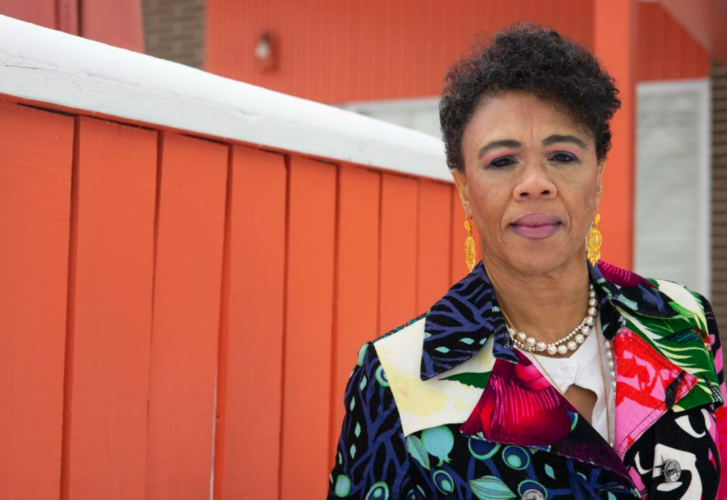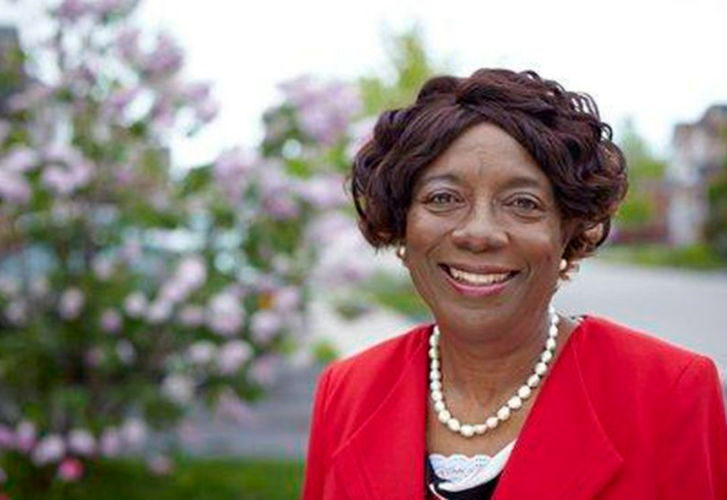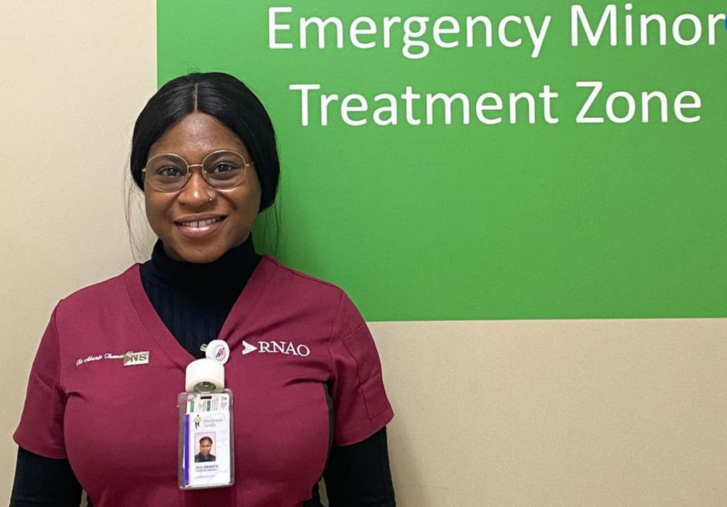“The whiteness of our profession is blinding,” RNAO president Doris Grinspun said, noting the lack of diversity is especially pronounced in leadership.
Nurse practitioner Corsita Garraway still thinks about a patient she had years ago who lost her foot.
She was an older, Black woman who had been in the hospital due to complications with diabetes and developed gangrene. But it went overlooked until the only solution was to amputate.
Gangrene often turns the skin black, but Garraway said others caring for this woman must not have been able to identify it on her dark skin. “People didn’t recognize that the blackness of her foot was a blackness of her foot that shouldn’t have been there,” Garraway told the Star.
She knew something was wrong the moment she walked into the patient’s room because of the smell — the off scent was a signal to her right away that something was amiss. And when she went over and touched her foot gently, the patient screamed.

She can only guess how these three issues — the smell of decaying flesh, the discoloration and the pain — had gone unnoticed for so long.
Garraway was a registered practical nurse at the time so there were certain tasks other degree-holding health-care providers were meant to conduct. She eventually got her master’s degree and is now doing a PhD because she wanted to be able to provide more care for her patients.
After more than 30 years working in nursing, she’s seen anti-Black racism affect both her patients, and nurses.
“I feel like people just don’t always take the time when they see us,” Garraway said.
Now as co-chair of the Registered Nurses’ Association of Ontario’s (RNAO) Black Nurses Task Force, Garraway and a group of 17 Black nurses and students are hoping to bring change to the field in the province.
The task force will release a report of its work so far Tuesday morning, which includes 19 specific recommendations for change in the industry. They’re aimed at post-secondary education, workplace leadership, the province, policy-makers and allies working in the field, to name a few.
The report’s recommendations are backed by a survey of 205 Black nurses and nursing students in Ontario.
About 88 per cent of respondents said they’ve experienced racism or discrimination of some kind in the field.
Almost 63 per cent of Black nurses and nursing students said their mental health was moderately or strongly affected by dealing with systemic discrimination and racial microaggressions.
Among the changes the task force wants to see are mandatory anti-racism education and training for all nurses, more Black nurses on committees and boards, changes in hiring practices, and mentorship and financial support for Black nurses.
“The whiteness of our profession is blinding,” RNAO president Doris Grinspun told the Star, noting that the lack of diversity is especially pronounced the further you move from the bedside to leadership and policy-makers.
“We miss out on the talent, we miss out on the expertise. We all bring expertise that is a mix of what you study and what you live,” Grinspun said. “We miss out as a system, as a society.”
As a white woman, Grinspun has wanted to make sure RNAO is there to provide resources, but that Black nurses take the lead.

Past RNAO president Angela Cooper Brathwaite was brought on as co-chair along with Garraway.
Cooper Brathwaite has spent her long career in Newfoundland, Manitoba and Ontario working as a nurse, midwife, managing departments and teaching in colleges and universities.
But the area where she dealt with the most friction was in teaching.
In her second year of teaching in the ’80s, Cooper Brathwaite said all of her course content disappeared from her filing cabinet days before classes were to start.
When she raised the issue with administration, someone suggested maybe a student took her lesson plans. But Cooper Brathwaite said that wasn’t likely. Students had freely borrowed her notes and returned them and also didn’t have access to her office.
She remembers college administration didn’t spend much time investigating the incident, but she couldn’t shake the thought that one of her colleagues was behind it.
Cooper Brathwaite still teaches part time at Ontario universities, but the experience early on soured her from taking full-time positions when they were offered.
But having Black professors in the field is exactly what kept student Ola Abanta Thomas Obewu on the nursing path.

Thomas Obewu quickly realized bedside nursing wasn’t for her, but seeing no examples of Black women venturing into other areas of the field was discouraging. She thought she’d have a more realistic go of it in medical school.
But then she got a Black nursing instructor. And later, she joined RNAO’s task force and saw more paths she could take as a Black woman in the field.
“I saw researchers, PhD holders, people who were the chief nursing officer in their hospital,” Thomas Obewusaid. “Just that connection alone made me realize I could be like those people.”
Nurses have always been the front lines of health care but never more critical than during the COVID-19 crisis. In this ongoing series, we explore the many issues affecting nursing.
Article From: The Star
Author: Angelyn Francis i

